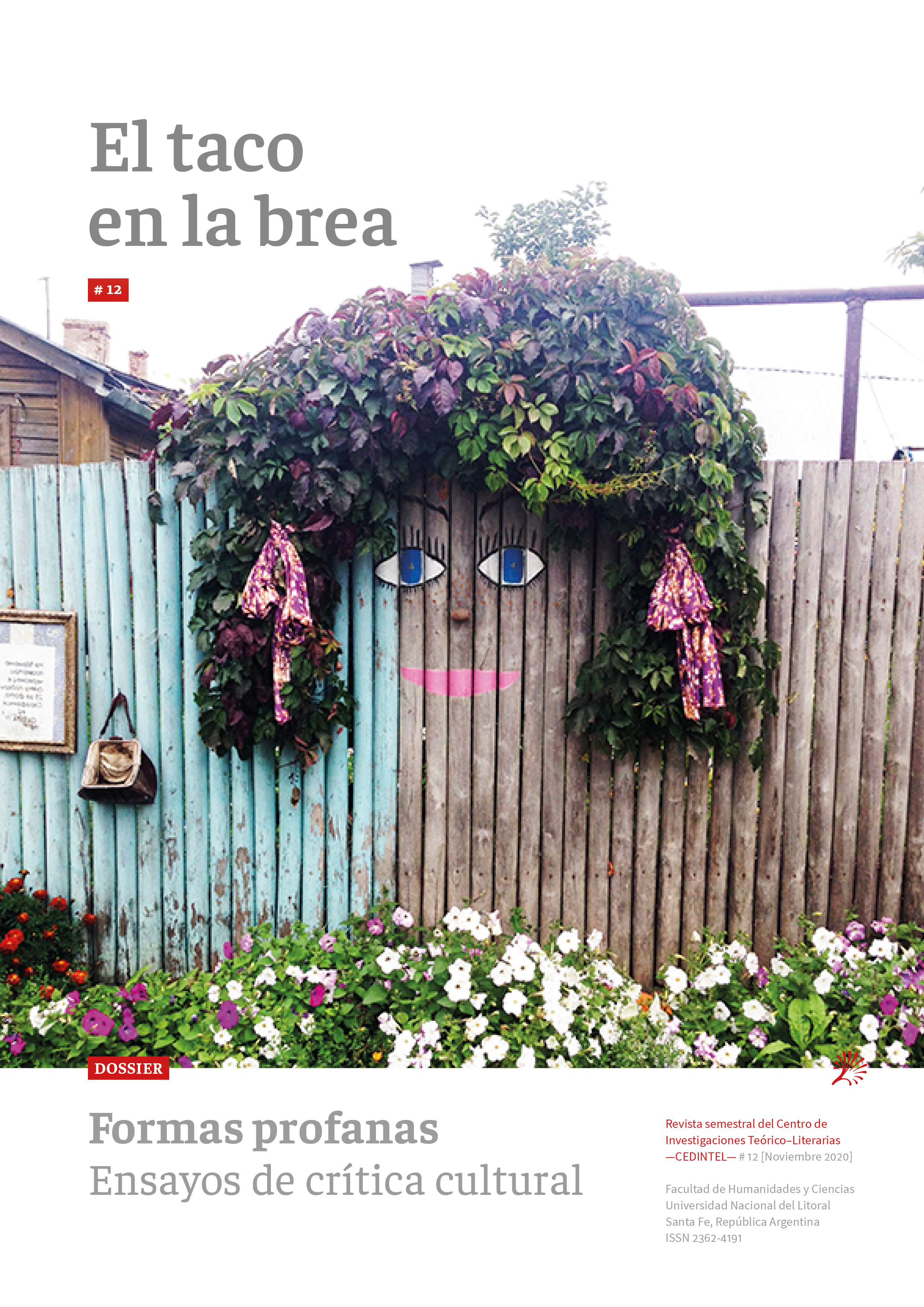A passage from blood to plastic: prosthetics in representations of Frida Khalo’s motherhood desire
DOI:
https://doi.org/10.14409/tb.v1i12.9694Keywords:
Frida Kahlo, motherhood, doll, cyborg, supplement, dildo, contrasexuality, prostheticsAbstract
Frida Kahlo's Me and My Doll (1937) is a painting that allows to problematize the petrified narrative of pain due to the impossibility of being a mother that has been built around the figure of the popular Mexican painter. In the painting, Kahlo talks about abortion without alluding to it and without associating it with any signs of suffering, composing a complex and enigmatic representation of the maternal, which contrasts with other more well-known moments of her work. In the first part of this article, I focus on analyzing the canvas in comparison to other paintings, emphasizing its disruptive nature, and the way it diverges from the nationalistic discourse on motherhood, to approach a less programmatic cyborg aesthetic. In the second part I take the considerations of P.B. Precious on the dildo to extrapolate them to the doll, postulating that they both are supplementary objects (in the Derridian sense of the term), objects which imitate while denouncing the falsity of what is imitated. This theoretical resource allows me to examine the prosthetics features in the representation of Frida Kahlo's desire for motherhood.





















